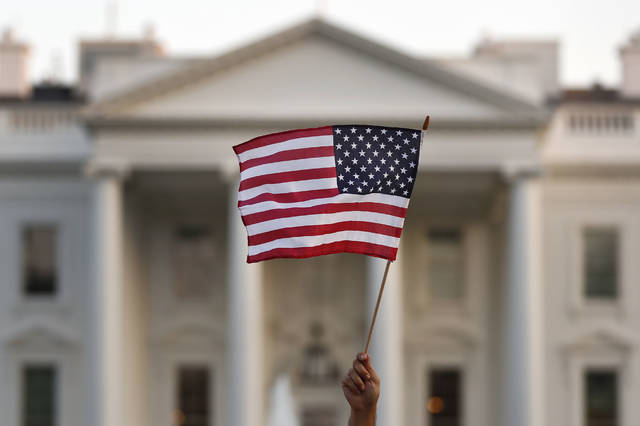https://development.triblive.com/opinion/joel-pfeffer-now-is-not-the-time-for-trumps-immigration-order/
Joel Pfeffer: Now is not the time for Trump’s immigration order

Joel Pfeffer is a Pittsburgh-based attorney with the law firm Meyer, Unkovic & Scott. He works primarily in the areas of immigration, nationality and corporate law. He is a member of the American Immigration Lawyers Association and former chairman of the organization’s Pittsburgh chapter.
President Trump caused a stir when he announced on April 20 that he would sign an executive order to temporarily ban immigration to the United States. Four days later, what he ended up signing was an order more limited in scope than originally suggested. Nevertheless, the measure to block employment-based immigration visas and family-based visas for parents and siblings of immigrants already in the country will still have an impact on thousands.
The broader question the order begs is, why now?
The president claims the order will protect American jobs at a time when the country is experiencing record levels of unemployment prompted by covid-19 shutdowns. Getting citizens back to work, indeed, should be a priority as we get closer to reopening all of the country, but the order still makes exceptions for medical professionals and several other groups of foreign workers, including H1B visa applicants.
Looking at the order, it is hard to separate it from the fact that Trump has been vocal about strictly limiting immigration since long before he even hit the campaign trail. As much as this order is being framed as an immediate action to help a struggling U.S. workforce, it is also a policy decision — even if the order is ultimately a small measure that accomplishes little and may not exist by the end of the summer.
If Trump’s administration truly believes these immigrants are taking jobs from newly unemployed Americans, then the best — if drastic — move would be to close the entire immigration system. There is no point in being selective about it, but because we have so many exceptions in this order, it shows that immigrant labor has a role in the U.S. workforce, especially when it comes to specialized positions needing skills that too few American employees have.
It is not fair or practical to segregate the people the administration feels are not important, causing them harm and prolonging their admission to the country after all the time they have waited to get into America. The people affected by this order did what they were supposed to do, played by the rules and, in many cases, were delayed by bureaucratic inaction.
Some are ready to come to America following an extensive test of the labor market confirming a shortage of American workers for their job, a process part of immigration policy for decades and a requirement for most employment-based immigrants. Trump argues that the facts have likely changed and ignores the likelihood that, despite temporary high unemployment, there are shortages of qualified workers in some occupations.
Across multiple presidencies, we have been kicking the can down the road on immigration reform. Backlogged and slow moving, our system is in need of an overhaul, but this is not the time for it. Forming a policy during a crisis is a mistake, no matter what you do. You must treat a crisis as a crisis, and policy as policy.
Should the order be extended or expanded to include other groups of immigrants, or if Trump introduces more orders, those actions certainly will be challenged in court and will not be able to be implemented, or congressional pushback will stymie the measure. President Obama also attempted to implement immigration changes through executive orders, running into roadblocks from lawmakers and courts.
So we come to the question again: Why now? It is possible this is a smokescreen amid harsh criticism of the president’s response to the coronavirus. It is also possible this scaled-back measure was signed simply to save face after Trump’s original announcement to ban immigration was met with opposition from some stakeholders.
Regardless of the intent, to introduce a measure that seemingly has more to do with policy than the current crisis does nothing but create confusion and anxiety at a time when we can afford neither.
Copyright ©2025— Trib Total Media, LLC (TribLIVE.com)
